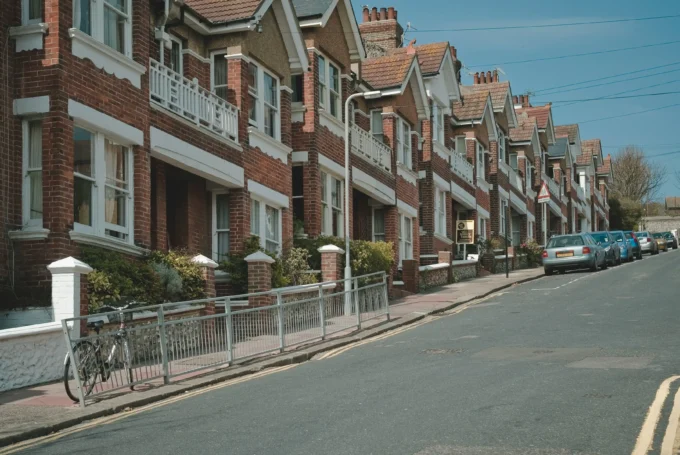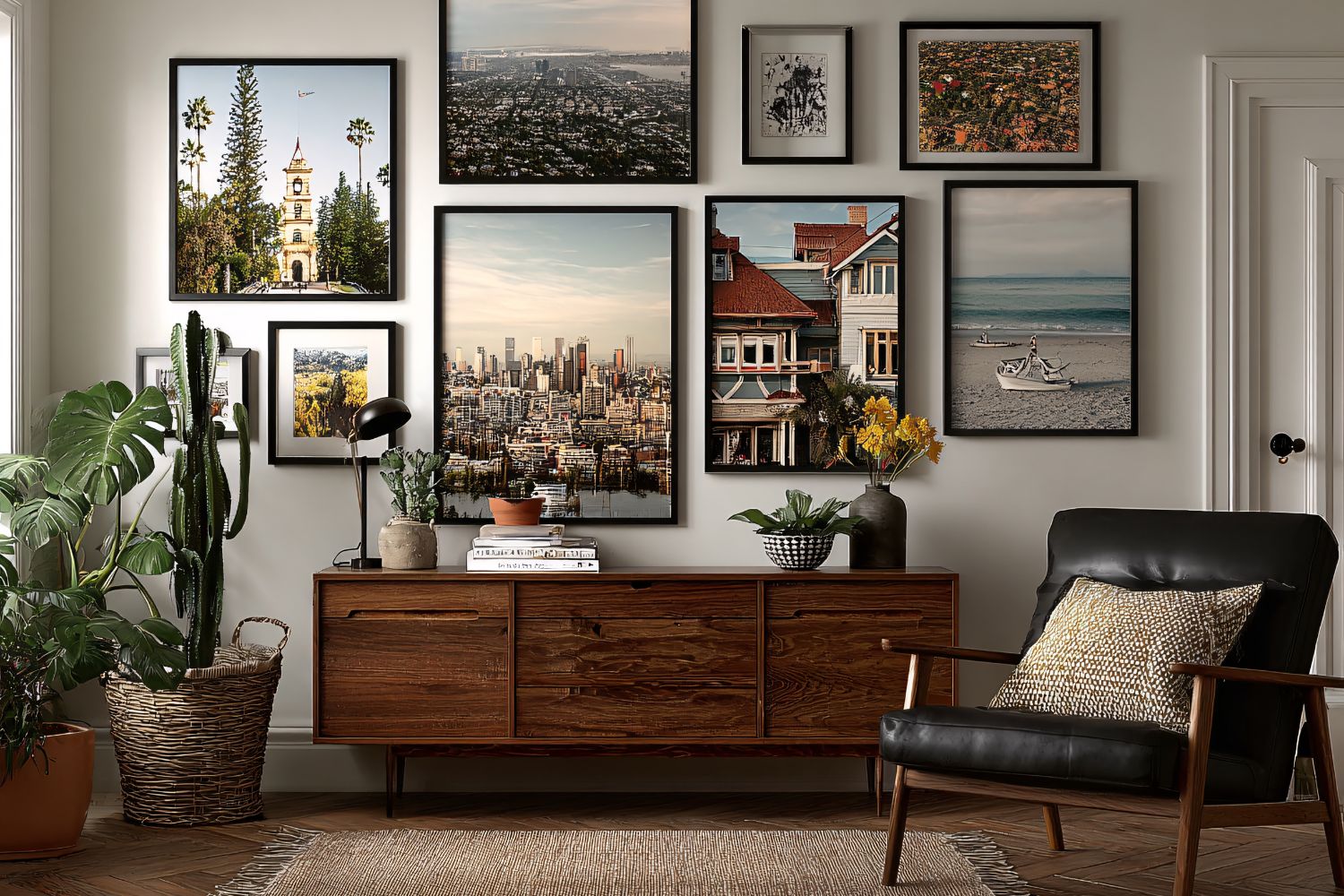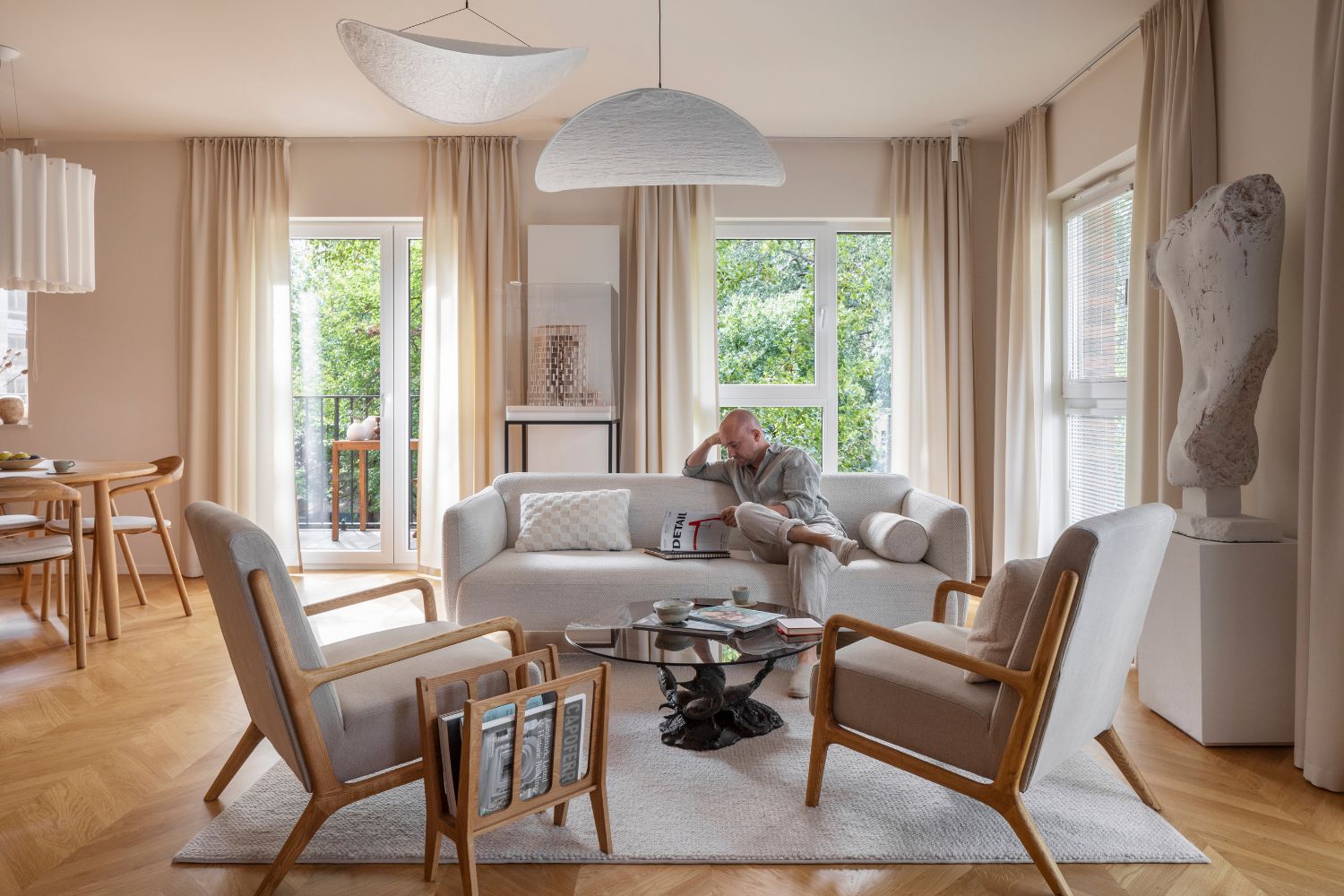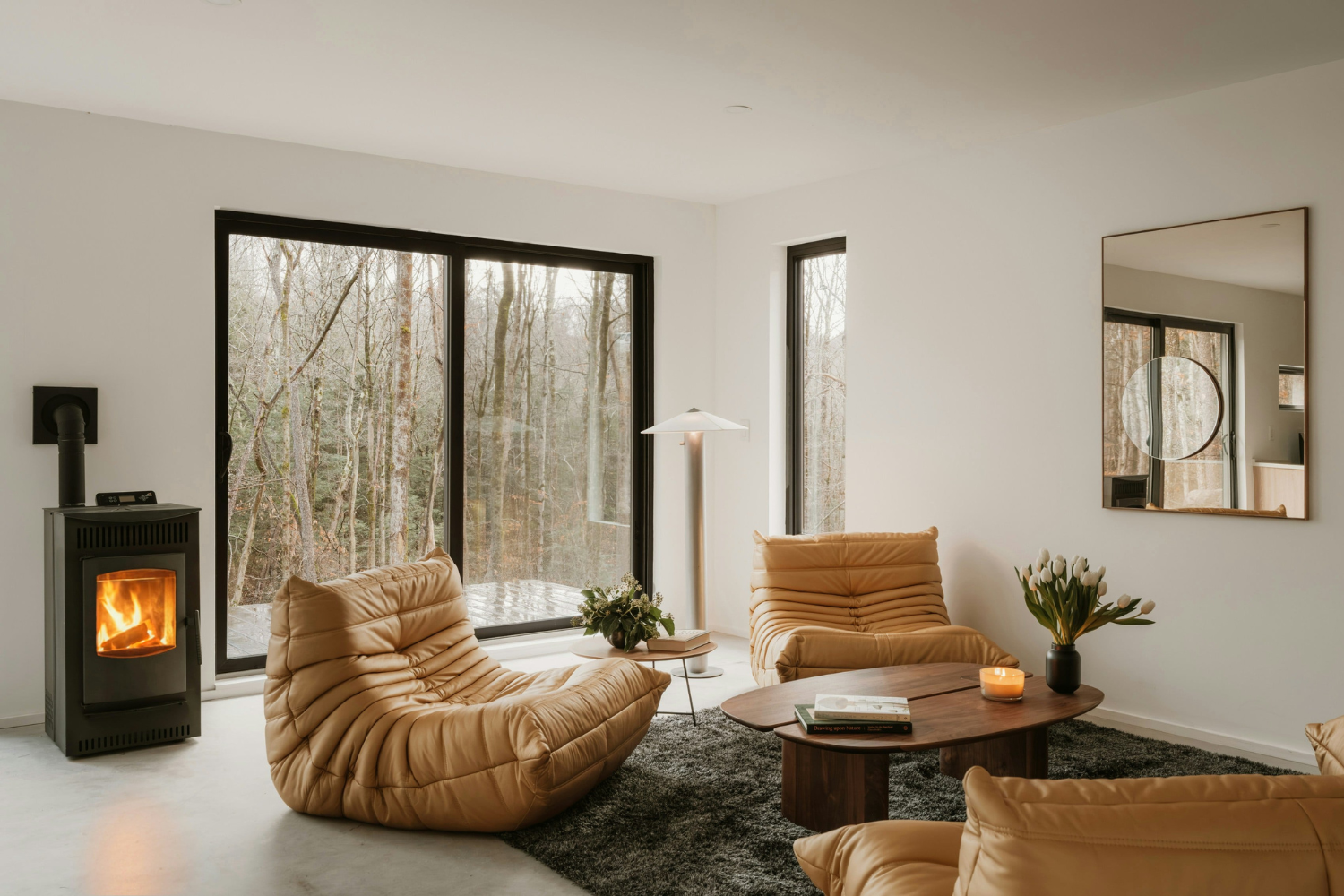- Home
- Articles
- Architectural Portfolio
- Architectral Presentation
- Inspirational Stories
- Architecture News
- Visualization
- BIM Industry
- Facade Design
- Parametric Design
- Career
- Landscape Architecture
- Construction
- Artificial Intelligence
- Sketching
- Design Softwares
- Diagrams
- Writing
- Architectural Tips
- Sustainability
- Courses
- Concept
- Technology
- History & Heritage
- Future of Architecture
- Guides & How-To
- Art & Culture
- Projects
- Interior Design
- Competitions
- Jobs
- Store
- Tools
- More
- Home
- Articles
- Architectural Portfolio
- Architectral Presentation
- Inspirational Stories
- Architecture News
- Visualization
- BIM Industry
- Facade Design
- Parametric Design
- Career
- Landscape Architecture
- Construction
- Artificial Intelligence
- Sketching
- Design Softwares
- Diagrams
- Writing
- Architectural Tips
- Sustainability
- Courses
- Concept
- Technology
- History & Heritage
- Future of Architecture
- Guides & How-To
- Art & Culture
- Projects
- Interior Design
- Competitions
- Jobs
- Store
- Tools
- More
Exploring the Evolution and Innovations of Modular Architecture in Home Design
Explore the evolution of modular architecture, from pioneers like Gropius, Prouvé, and Wright to modern techniques. Learn how quality control and building codes influence modular homes, and delve into the process of building these sustainable, aesthetically pleasing structures.

In the ever-evolving world of architecture, we’re seeing a significant shift towards modular design. This innovative approach, known as modular architecture, is reshaping the way we think about building homes. It’s all about creating structures in sections or modules, which are then assembled on-site, resulting in a fully functional, modern home.
Modular homes are not just about speed and efficiency, they’re also about customization and flexibility. With this method, we can tailor homes to the specific needs and tastes of homeowners. It’s a game-changer in the housing industry, offering a fresh, dynamic approach to home construction.
This architectural revolution is not just a trend, it’s the future. And we’re here to guide you through it. Stay with us as we delve deeper into the world of modular architecture and its impact on home creation.

Table of Contents
ToggleUnderstanding Modular Architecture for Homes
At the heart of this increasingly popular methodology, modular architecture revolves around the design and creation of individual sections or modules. Built in a controlled factory setting, these modules are then transported to their final location, pieced together, and finalized on the home site, like an intricate puzzle. This approach breaks down conventional walls that hinder efficient construction, opening up a world of possibility for both designer and homeowner.
It’s interesting to note that the concept of modular architecture isn’t new. Its history encompasses some of the most creative minds in architecture. A prime example is the famous architect Frank Lloyd Wright, who proposed early ideas of modular design in his Usonian homes during the early 20th century. These homes used a grid system for design and construction, effectively paving the way for future modular techniques.
Fast forward to today, and you’ll find countless examples of modern architects implementing similar ideas. Jean Nouvel, for instance, championed modular architecture in his design of the N Building in Tokyo. This innovative design uses a QR code on its façade and promotes the idea of urban modularity.
Benefits of Modular Architecture in Home Construction
So, why are we seeing an increasing adoption of modular architecture in home construction? It’s because this design method offers numerous benefits that traditional construction techniques lack.
- Speed and Efficiency: Due to indoor construction, delays because of adverse weather conditions become a thing of the past. Plus, since the modules are built simultaneously, the time required for completion is significantly reduced.
- Customization: Modular homes can be tailor-made to the owner’s requirements. From the floor plan to the fixtures, homeowners can have a level of control that traditional construction doesn’t typically offer.
- Sustainability: Reduced waste, less site disturbance, and potential for using environmentally friendly materials make modular homes a green alternative.
- Quality and Durability: Modular homes have to withstand the rigors of transport from the factory to the site. This reality necessitates high-quality materials and standards, resulting in a durable and long-lasting living space.
There’s an alluring marriage of design, functionality, and practicality in modular architecture that’s causing an uptick in its adoption. With the numerous benefits it brings, it’s become an attractive choice for both new homeowners and those looking to renovate or expand existing properties. The future seems bright, and the modular movement is positioned to lead the way, one module at a time.

Designing Modular Homes
When designing a modular home, it’s all about envisioning a lifestyle. The power of modular architecture lies in its versatility and flexibility, adapting to fit individual design aesthetics and functional needs.
Factors to Consider in Modular Home Design
Just like any traditional home, our personal aesthetic plays a major role in designing top-notch modular homes. Yet, there are certain factors unique to modular design that we need to consider:
- Framework: Modular homes are built in sections, or modules. Consider how these modules will be arranged for an optimal spatial layout.
- Site Constraints: Building codes, lot size, and orientation can all impact the design of the final structure.
- Sustainability: As modular homes are assembled in a controlled factory setting, they offer potential for superior energy efficiency and reduction in construction waste.
Popular Modular Home Designs
A variety of architectural trends and design philosophies have influenced the popular modular home designs. To give you an idea, here are a couple of standout designs:
- Ranch Style Homes: These single-story homes have been an American standard since the mid-20th century, and modular construction has given this classic design a modern twist.
- Modernist Modular Designs: Modernist architects saw potential in modular construction early on, with landmark designs such as Frank Lloyd Wright’s Usonian homes and Jean Nouvel’s N Building reflecting this trend.
- Container Homes: Using repurposed shipping containers, these modular homes are pushing the boundaries of design and sustainability.
Modular homes have come a long way from their humble beginnings. Not only do they offer customizable designs, but they also present efficient and sustainable building options. Our exploration of the modular architecture universe has just begun – there’s a vast array of designs and innovations still waiting to be discovered. It’s an exciting time to be a part of the modular home revolution.

Building Process of Modular Homes
As we dive into the mechanics behind these modern marvels, it’s important to familiarize ourselves with the steps involved in constructing a modular home and ensuring quality throughout the process.
Steps Involved in Constructing a Modular Home
Modular home construction typically revolves around a handful of key steps:
- Design Phase: This includes selecting a basic floor plan, customizing the design, and choosing finishes.
- Site Preparation: While the home is being fabricated, the site is prepared with required groundwork and foundation.
- Home Production: The modular units are meticulously constructed in a controlled factory environment, safe from weather-related delays or damage.
- Transportation: Once completed, the modular units are carefully transported via flatbed truck to the build site.
- Assembly: Professional modular home builders then assemble the modules on the prepared foundation, securing them into place.
- Final Touches: Post-construction work includes electrical and plumbing hook-ups, exterior siding, and interior finishing.
Our hands never leave our work, ensuring a smooth and efficient journey from blueprint to finished home.
Ensuring Quality in Modular Home Construction
It’s crucial we don’t just build modular homes, but we build them with integrity. To ensure quality, standardized building codes are strictly observed during the fabrication process. These aid in providing structural integrity and safety.
To add, there’s a rigorous quality control process conducted at each stage of the home’s construction. This means every module undergoes inspection before it leaves the factory, and again once it’s installed on-site.
Manufacturers can take advantage of the controlled environment to efficiently utilize materials and minimize waste, which optimizes the affordability of modular homes without cutting corners on quality.

Pioneer Architecture of Modular Design: A Historical Perspective
Dating back to the early 20th century, pioneers of modular architecture, like Walter Gropius and Jean Prouvé, revolutionized the construction industry. They used prefabricated and standardized components which made homes more affordable and accessible.
We’ve since seen the implementation of modular technology in a variety of architectural styles. For instance, architect Frank Lloyd Wright’s Usonian houses—a design concept focusing on function and affordability—though not strictly modular, did feature elements of repeated, standardized shapes that helped to reduce construction costs.
Likewise, the legendary Jean Prouvé developed innovative prototypes for mass-produced, prefabricated homes designed for easy assembly and disassembly. These early pioneers paved the way for the modern modular home movement and its continued evolution.
Take for instance Walter Gropius, a key figure in the early twentieth century. Gropius championed the use of prefabricated components, a major component of modern modular design. His groundbreaking concept of using interchangeable parts transformed the building industry, reducing construction time and costs hugely.

Jumping forward to the mid-century, we encounter Jean Prouvé, who came to be known for his innovative use of structural elements as aesthetic features. Prouvé’s architectural designs blended functionality with aesthetics, further solidifying the foundations of modular architecture.
Perhaps, one of the most renowned names in this arena is Frank Lloyd Wright. Well-known for his organic architecture approach, Wright’s designs emphasized harmony between human habitats and the environment. Wright’s views played a significant role in steering modular home designs towards sustainability in recent years.
As we explore the impact of these trailblazers, we’re gaining a deeper understanding of the development of modular design. The historical perspective of modular architecture provides context and reinforces the value of quality control and strict adherence to building codes in today’s modular homes.
These influential figures have undoubtedly left an indelible mark, and their philosophies continue to inspire us as we delve further into the dynamic world of modular homes. In the next section, we’ll venture into the innovative techniques being employed in modern modular construction and delve deeper into the details of the building process.
Submit your architectural projects
Follow these steps for submission your project. Submission FormLatest Posts
Modern American Homes: Interior Design Trends to Watch in 2026
Interior design in the United States is evolving toward warmer, more adaptable,...
10 Popular Interior Design Styles in the USA
Interior design in the USA reflects a wide range of lifestyles, cultural...
BXB Studio’s Hybrid Interior: Redefining the Modern Architectural Workplace
The Warsaw headquarters of BXB Studio was established in a modest 70...
5 Must-Know Interior Design Trends in American Homes
From warm minimalism to bold oversized artwork, these five interior design trends...












Leave a comment